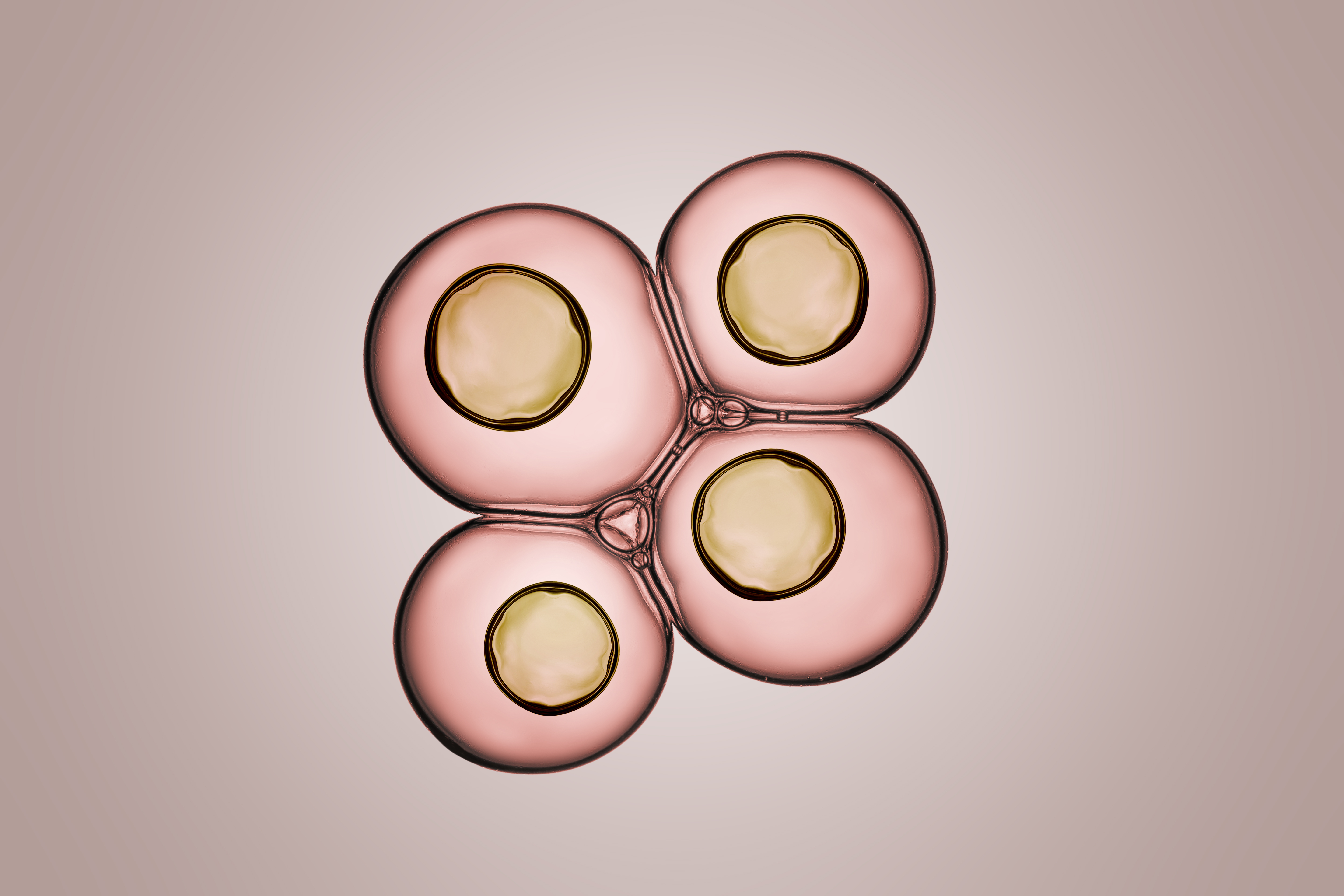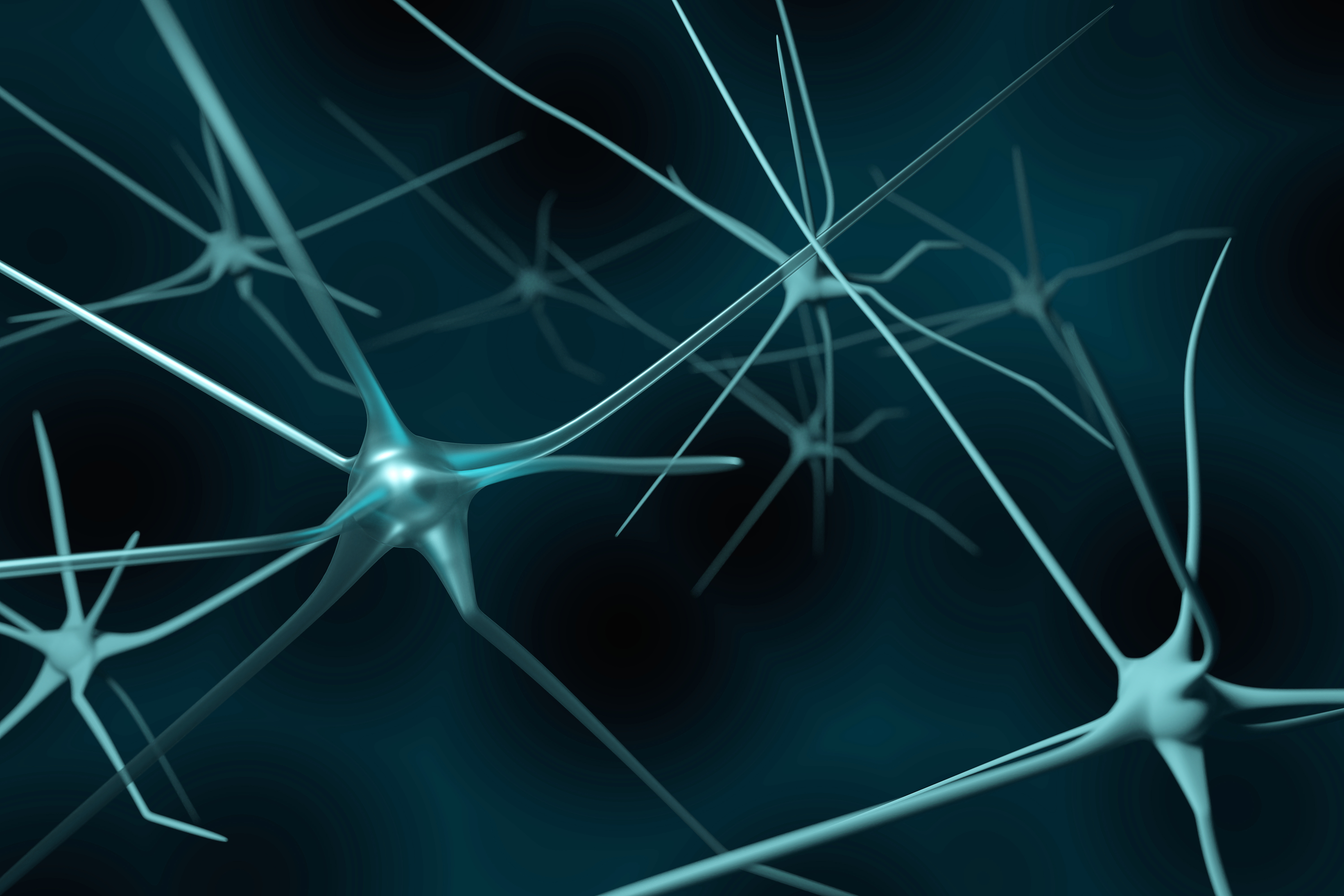Brain development refers to the process of how our brain forms during its embryonic stages – to the entire process and the time that passes between the moment that we have a set of cells in the developing embryo that are fated to become the brain until the moment where that brain is ready to act and function.
We all start life as a fertilised egg that divides and grows and grows. At some point, some part of that growth becomes what we would call differentiated – has a specific potential, in this case, to become the brain, but not something else. So, the cells that are going to make your brain in embryonic development stop being able to make anything else and can only make your brain. At that point, it’s a sheath of cells which turns on itself and becomes something we call the neural tube. Now, the more frontal, or anterior, parts of this neural tube are what are going to become the brain. The back parts are going to become the spinal cord. So, the brain is this frontal part. From that moment on, this sheath of cells is now competent to form brain cells.
Neurons and glia
Brain cells come in two different types. We call them neurons and glia. To make a complex story simple, the neurons are the cells that have wires that connect to one another that actually run the business function of the brain. Glial cells play mostly support functions. They make sure that the neurons have what they need in terms of nutrition, but also in terms of cleaning up what’s not working. They ensure the neurons are doing their job appropriately and that the way the neurons communicate with one another is well adjusted and controlled. So, first the neurons are made, then the glial cells, and everything gets put together and you end up with a functional brain.
The process of going from those potentially naive cells that know they have to become a brain, to the point where we have billions of neurons forming an unimaginably large number of connections in the brain, which we call synapses, can be broadly divided into three stages.
The three stages of brain development
The first stage is what we would call neurogenesis or glial genesis – the formation of neuronal and glial cells. You start with naive cells that we call neural stem cells or neural progenitors, and those cells divide and multiply themselves by 2, 3, 5, 10, 15, 20. With each divide, they make more cells. Those cells then differentiate further from being just neural progenitors to specific kinds of neurons. At different time points, different kinds of neurons are being made, so in the end, this thing that’s called the brain will be formed from a very large diversity of cell types. So, not all neurons are exactly the same. All neurons have cables that we call axons and dendrites. All neurons form synapses with one another. Not all neurons are identical in the way they look, in the way they work, and so this diversity turns out to be very important. Once you’ve made all these diverse types of neurons, the next part is to get them to connect with one another. Those cells have to grow those cables that are going to travel across the brain and find other cells to connect with, in this sort of process of what we call the neurites.
Some neurites are output cables and we call them axons. Some are input cables which receive information and we call them dendrites. The growth and pathfinding of those neurites is the second phase. The neurons have been made and now they grow their cables out and search for one another. Once they find their targets, not only in terms of target area but also target cells, they will make connections with those cells. These connections are called synapses. It’s across these synapses that these neurons communicate with one another. This vast number of neurons will form circuits at the local level. The connection of circuits is called the networks. The brain is essentially one giant network of neuronal circuits – and they’re active. These neurons talk to one another, but they’re connected in very specific ways. Not every neuron is connected to every other neuron and, as you can imagine, the rules are fairly simple: you’re more likely to connect with those other cells that are closest to you. So, you form these local networks that we call circuits and then the circuits are connected to one another and that’s what the brain really is.
Once those synapses are active and once other parts of the body, like your eyes, ears and muscles are active, you start having experiences, you start moving in the world, you start receiving information from the world and from other people.
Experiences and environment shape our brain
The experiences and information that’s coming from the environment then changes the way your brain works right now, because many of the synapses, many of the connections and many of the cells that have been made really don’t serve much or don’t receive enough information and get eliminated. That sort of experience, which sculpts the brain, is the last step in brain development. This is, in a nutshell, a description of how our brains develop. The challenge now is you’ve made this sort of organic network of networks called the brain, and it’s active all the time.
There are all kinds of molecules being used and generated at all times. The key is you need that thing to be stable. You can’t have it keep on growing forever. You can’t have it shrinking. You can’t have it dysfunctioning on and off randomly because that doesn’t work. Imagine your Wi-Fi connectivity turned on and off randomly. You would never be able to get your work done. It’s the same with the brain. It really needs to stay its stable size and to try to keep as many of its cells and its connections as possible. At the same time, it has to be plastic, in the sense that it has to respond to changes in your environment.
The relationship between brain plasticity and brain stability
You experience new things. Those experiences have to be stored as new information that may become useful in the future, and that would be through formation of memories or that might be useful right now in making a decision. I’m biking towards work, let’s say. I realise that the route I usually take is blocked because there is work on the roads, or there’s a big demonstration. My brain has to immediately process that I need to change my route based on my previous experience.
So, I have to retrieve my memories of how else to get to work but also what else might be on that other route that I’d have to deal with immediately. I’d therefore need a balance between stability and plasticity, keeping things as they are and changing ever so slightly so as to be functionally useful. This process of maintaining the right balance between trying to keep things as rigid as possible because you’ve made a brain that works and trying to keep on getting changes because you need a brain that works with an unpredictable environment, might be referred to as a process of homeostasis.
Homeostasis means trying to keep the equilibrium, the balance of the system where it is optimal to deal with the environment, and so essentially what we spend most of our adult lives doing is trying to keep our brain in proper homeostasis. It turns out that there are various challenges we face in trying to do that, that our brain faces in trying to do that. The first is that brain activity itself is slightly toxic to the brain. You have to imagine any system, as it’s working, produces waste and that waste needs to be cleaned up, but the cells that are in your brain – that you’re born with – cannot be renewed. That’s still a controversial topic, at least in humans and certain animals. It’s definitely true that the brain is renewed, but not everything is renewable.
So, the majority of cells that you’re born with have to work for you the entirety of your life. However, like any system, whether natural or manmade, after a while, it starts to not be as efficient, to not get rid of its trash as efficiently, to not maintain itself as well. This process of homeostasis is constantly challenged as we age, as we experience the world, but also as we get older. When you’ve been driving the same car for decades, even if you keep maintaining it in the best way possible, there is a point at which its parts just expire and they’re not going to work. Essentially, the challenge of the brain is to try to stay functional and healthy as long as the organism is alive. The fact that this is a challenge is actually borne out by us aging beyond what we evolved to age. When our species first evolved hundreds of thousands of years ago from our last ancestor, Homo sapiens, we were not really living that long. Most individuals would not live to 70, 80, 90 years old, as we do in the modern world.
This is a serious challenge. You can imagine that the system that was evolved to deal with life and be functional and optimal for 30, 40 years now has to double that amount of time. It’s remarkable that in the extremely short amount of time in the last 15 to 20,000 years of human culture, where human life expectancy has increased, and even just in the last couple of hundred years, where human life expectancy has practically doubled, that our brain has been able to deal with that, with very few problems.
As people age, the likelihood of developing neurodegenerative diseases like Alzheimer’s disease, Parkinson’s, other dementias, or just becoming senile, are all reflections of the fact that our brain function is no longer as good and the probability of having any of those things simply increases with age. So, aging itself is a challenge to the brain. The passage of time during which the brain is trying to maintain this homeostatic activity is in and of itself a challenge for the brain, and eventually it starts falling apart. The question is, how come it falls apart only so late on and why do we have these people who are perfectly fine until 70, 72, maybe 75, then suddenly things start going wrong and the decline is very rapid?
The brain has evolved to be robust
For some people with degenerative diseases, the problems in the brain can be detected 10, 20, 30 years before they manifest. Why then is the brain’s function not affected until later in life? The answer to that is what we call robustness. The brain evolved to be robust.
Right after development, your brain is doing this homeostasis thing. It’s dealing with all of these kinds of problems of having to work all the time non-stop, dealing with an unexpected environment, guiding you through your life. To do those things, the brain is very robust; one way in which is that your brain has way more neurons, glia, cells, mechanisms and processes than it actually needs. You have multiple systems that are redundant compensating for one another. When you start having losses in your brain, other systems can take over and compensate until the point where all systems start to become dysfunctional and they can no longer compensate for one another.
Why am I talking about aging when really what we study is development? Because essentially everything that the brain really deals with during life – adult life, young adult life, mid-adult life – and aging is built into it during those early months of very early development of embryonic foetal development and very early life. Everything that makes the brain as functional, robust, homeostatic and redundant as it is, as vulnerable as it might be to certain types of problems, is actually built in it during development. This closes the circle back on the importance of understanding how the brain develops and the different mechanisms and processes that play an important role in the development of the brain. These are important because they tell us something about how this brain will work for the rest of its life. To try to bust the myth, a lot of people, just for simplicity, refer to the brain as an electrical wiring circuit or a computer. Actually, the brain couldn’t be less similar to an electrical wiring circuit, even though it’s a circuit that is wired through cables. It couldn’t be any less similar to a circuit or a computer. The reason for that is very simple. An electrical circuit of your laptop is basically built on a blueprint.
If you give an electrician or a computer engineer this blueprint, they will be able to reproduce it at 100% accuracy every time. This map of an electric wiring diagram or the motherboard of a laptop is what we would call a map of total endpoint information. You can put it together, in more or less any sequence, and it’ll always be 100% accurate. The brain is not like that. The brain is what we would call a self-organising entity; that is to say, that there is no map of what the brain is going to look like already present from the beginning. It’s a self-building structure that organises itself according to a set of rules that are encoded in the genome.
Our DNA tells our brain cells what the rules are according to which they can behave and these rules, when those cells implement them, make it such that the brain develops the way it develops. So, understanding what those rules are, how those rules allow the brain to develop the way it develops, will give us a lot of information about what makes the brain work the way it does. It’s not just about looking at the final product that’s going to tell us how it works. It’s actually understanding the way that a product came together in an absolutely fascinating, still deeply mysterious, way, despite the knowledge we have that is going to tell us how this brain works and why it works the way it does.



